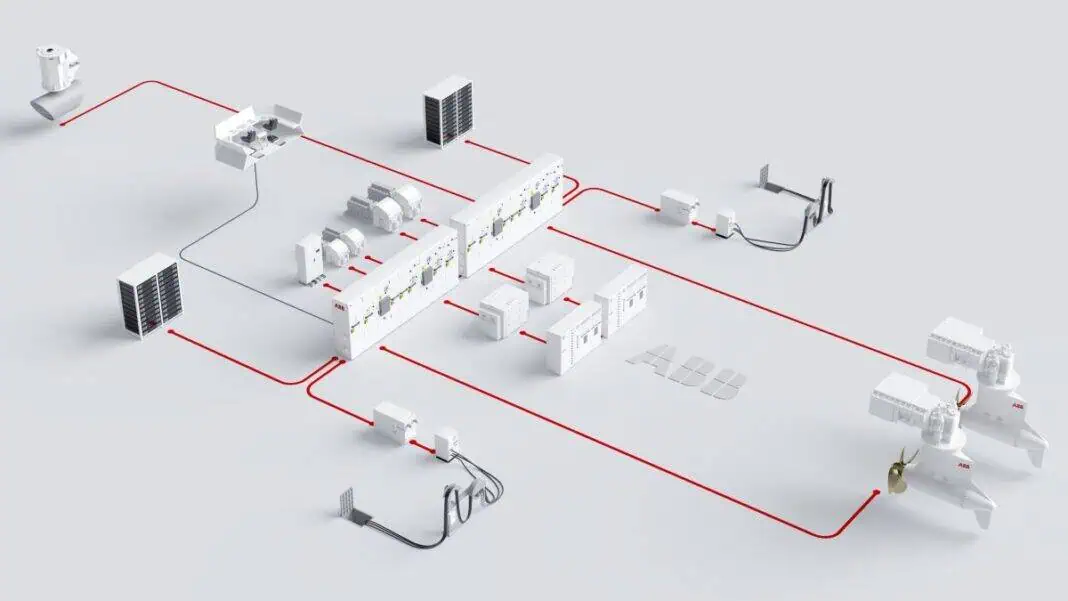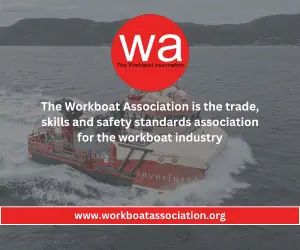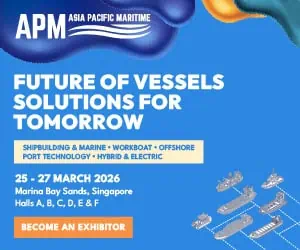ABB, the global leader in marine electrification and automation, has successfully integrated its multi-megawatt fuel cell system onboard the 118.8-meter superyacht Breakthrough. Launched in May 2025 by Dutch master yacht builder Feadship, this privately owned vessel is now the among the first vessels with megawatt-scale hydrogen fuel cell propulsion, capable of zero-emission operation at anchor and low speeds.
ABB’s scope of supply comprises the Onboard DC Grid™ power system platform and two 3.2MW Azipod® electric propulsion units, which minimize noise and vibrations on board. ABB’s Power and Energy Management System PEMS™ optimizes energy use on board, while the ABB Ability™ Marine Pilot Control digital solution enables seamless transition between joystick operations and dynamic positioning, simplifying docking. As part of the integrated scope, ABB has also provided shipside shore connection technology and Remote Diagnostic Services.
The 3MW hydrogen fuel cell system onboard Breakthrough can generate sufficient energy to operate the yacht’s hotel load and amenities with emission-free power from hydrogen. Moreover, it can provide enough power for up to a week of silent operations at anchor or emission-free navigation at 10 knots while leaving harbors or cruising in protected marine zones.
“Breakthrough perfectly demonstrates how passenger comfort and environmental protection can go hand in hand on board the world’s biggest superyachts,” said Jan-Bart Verkuyl, Feadship Director / CEO Royal Van Lent Shipyard. “We are grateful to ABB whose extensive technical expertise and dedicated support have been crucial in bringing this project to fruition.”
“For ABB, this order represents a breakthrough in the integration of marine fuel cells with propulsion systems,” said Riccardo Repetto, Global Vessel Type Responsible, Yachts, ABB Marine & Ports. “More broadly, Feadship Breakthrough showcases the potential of hydrogen fuel cells as a feasible alternative to conventional energy sources in shipping, helping to encourage their adoption among a wider range of vessel types. We are proud of our key role in this innovative project.”












